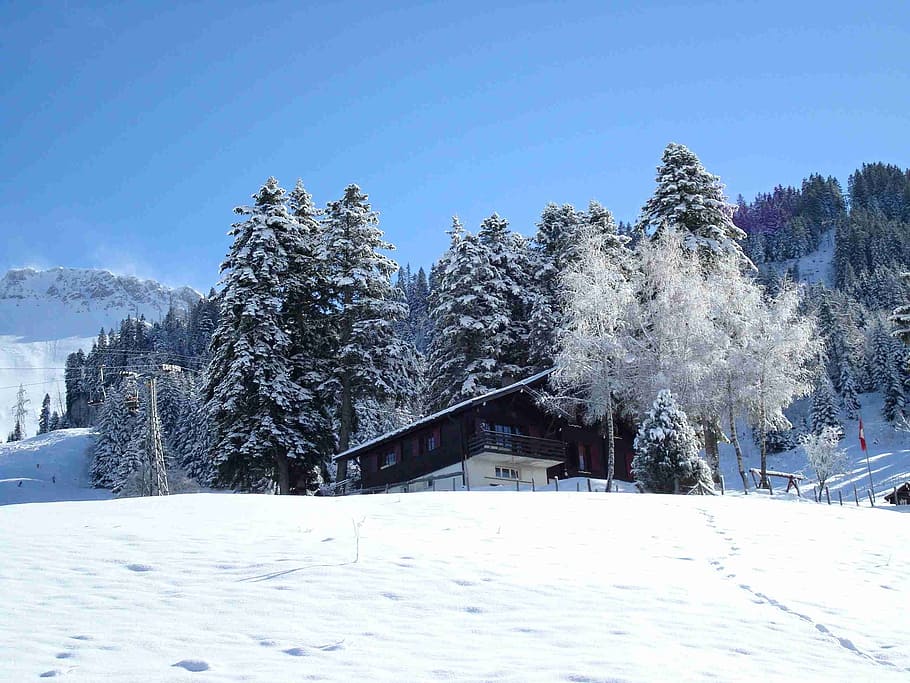In regions where the winter season is very prone, their common concern is how to heat a greenhouse in winter? Know the basic methods in heating your greenhouse in winter by going further in this article. This is very crucial, especially that winter season is fast approaching for just about a few months from now.
Fundamentally, a greenhouse is an encased area partially constructed of translucent materials. Plastic or glass greenhouse dividers permit the sun’s electromagnetic beams to enter the structure and raise the air temperature. While shielding this warm air from getting away.
Contents
Advantages of Greenhouses
Before you will understand how to heat a greenhouse in winter, let’s first understand why you should have a greenhouse. Well, the food supply in northern nations benefits significantly from greenhouse innovation. As new vegetables and blossoms from enormous greenhouse buildings are flown the world over.
For a home greenhouse worker, approaching a greenhouse in winter gives two fundamental advantages:
It broadens the developing season for local plants
On the off chance that you live in the Pacific Northwest. For instance, the short cool summers can make it hard to age local tomatoes. A greenhouse permits you to begin seedlings while there’s still ice outside.
From that point onward, it will shield them from turning out to be mildewy during stormy summer days. Empower you to continue picking ready red tomatoes long after October’s frosty climate has darkened the open-air plants.
It lets you grow a wider variety of the world’s plants
For northern vegetable planters, it’s consistently a test to mature warm-climate crops like melons and eggplant. Most citrus trees are impossible in an area with cold winters, while they can flourish in holders in your greenhouse.
Ways Of Heating A Greenhouse In Winter
As palatable cultivating keeps on turning out to be more standard. A portion of your customers may have picked to utilize a greenhouse to develop their veggies rather than raised planting beds. Here are the steps on how to heat a greenhouse in winter:
#1 Give the daylight access
If the contractual worker was shrewd about the site and space arranging of the greenhouse when it was constructed. At that point the structure should as of now be in an area that is liberated from concealing from trees or different structures.
In any case, when the sun’s direction is lower in the sky. Different snags could make shadows, so ensure the greenhouse is getting however much daylight as could be expected.
#2 Use thermal mass
One of the simplest and most affordable alternatives on how to heat a greenhouse in winter is to make a thermal mass or thermal sink. These are objects that ingest heat during the day and delivery it during the crisp evening hours. It will raise the temperature by a degree or two, and it can have a significant effect.
A well-known strategy for making a warm mass is putting compartments of water in the greenhouse. For littler greenhouses, topped one-gallon plastic containers filled 75 percent loaded with water can be put all through the greenhouse among the plants.
#3 Utilize a germination mat
If your customer generally needs to utilize their greenhouse over the winter to get a head start on their spring plants. A germination mat can serve their requirements pleasantly.
These mats help decline creation time by keeping up the ideal root-zone temperature and increment the development rates in the beginning phases of a vegetation cycle. Perhaps, it is one of the best ways on how to heat a greenhouse in winter.
#4 Cover up
Clients can go as intricate or as basic as they need with regards to covering plants during. Especially cool evenings to give additional degrees of warmth.
Canvases, plant wool, line covers, or sheets would all be able to help hold dampness. Yet remind customers to keep the spreads off the plants themselves and to make sure to eliminate them during the day. As the stickiness level can get excessively high.
#5 Make some compost
For clients who as of now have a pile of compost. Moving it into the center of the greenhouse can be a success win. As it shields the manure from the components and is hotter.
This permits the cycle to accelerate while raising the temperature of the greenhouse as it separates materials. The ideal area for the pile is in the focal point of the greenhouse. Yet on the off chance that this isn’t doable. It very well may be put somewhere else and still give warmth.
This alternative ought to be skipped if the greenhouse is one that is associated with the house, as they can draw in mice and rodents in the winter.
#6 Add insulation
In all honesty, bubble wrap has another reason other than ensuring delicate bundles and giving diversion to the effectively delighted. Connecting a layer of air pocket wrap to the inside dividers of the greenhouse can decrease heat misfortune and square winter drafts.
#7 Install a heater
Presumably, the most evident alternative with regards to warming a greenhouse is essentially introducing types of heaters. Yet, these can be costly to run, and the warmth can rapidly scatter when the warmer is killed.
In utilizing an electric heater, make certain to check the chords and associations with ensuring they aren’t frayed or worn. Ventilation is significant for controlling carbon monoxide levels and forestalling overheating the space. Which is uncommon in the winter yet at the same time conceivable in hotter atmospheres.
Final Thoughts
Hopefully, at the end of this article, we may able to let you understand how to heat a greenhouse in winter. It is essential to prepare your greenhouse for the possible effects of cold temperatures on your plants. Always be ready in every situation; in the end, you’ll harvest the fruits of your labor.
